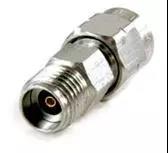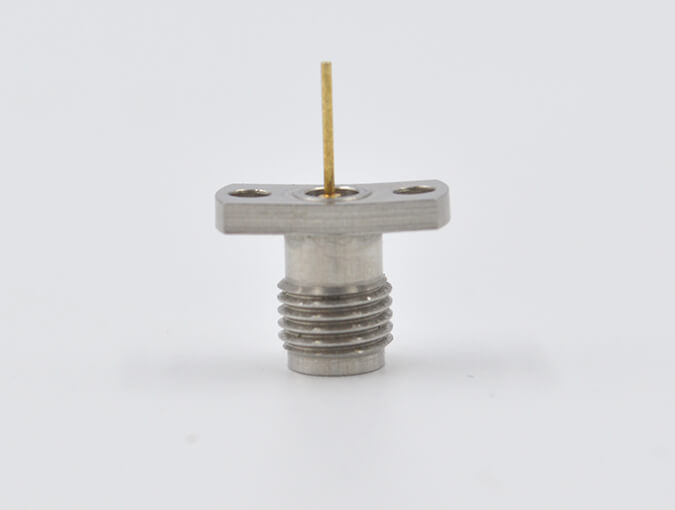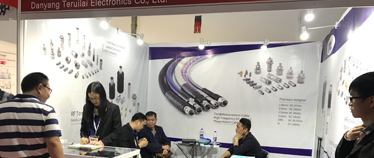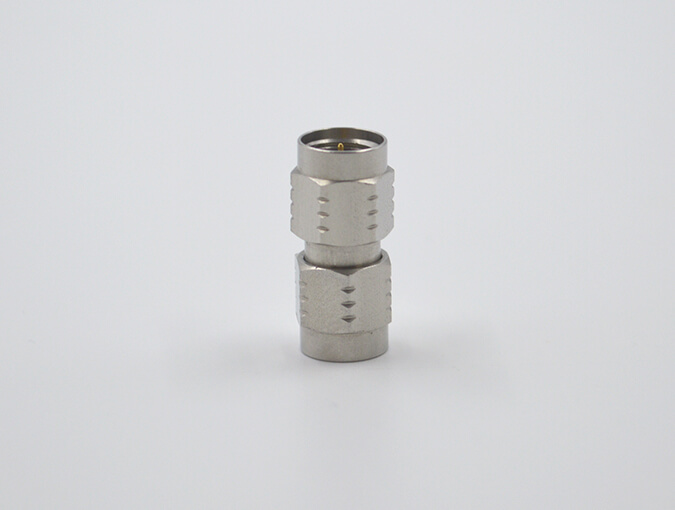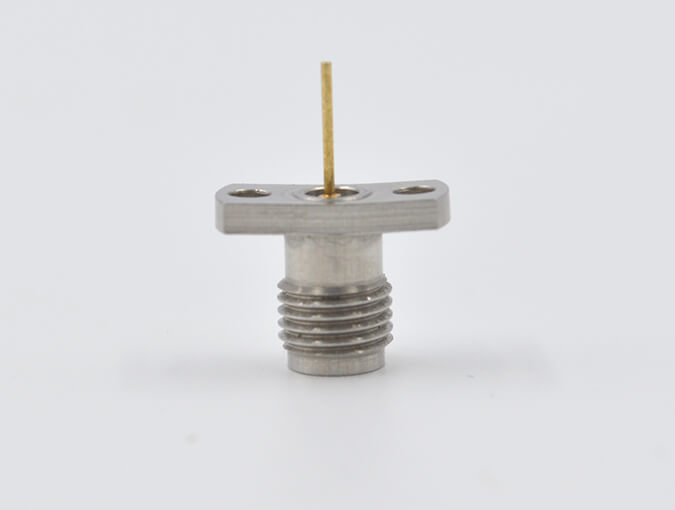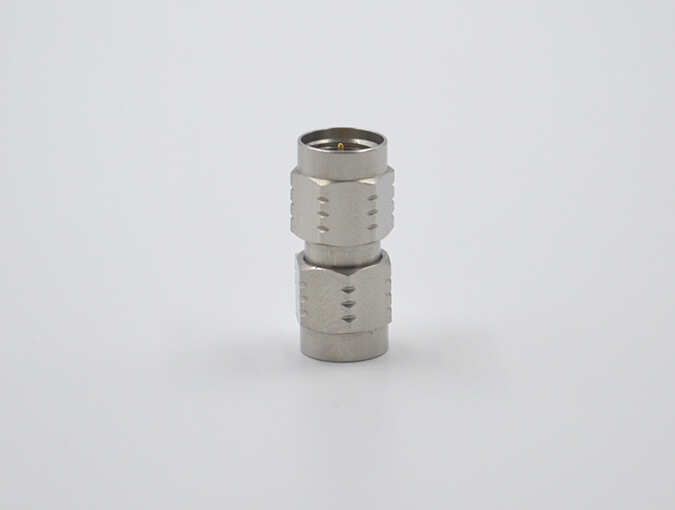Flexible And Semi-rigid And Rigid Microwave Coaxial Cable Assemblies
21/11/2019The microwave coaxial cable assemblies of a coaxial cable with a suitable connector connected to the end of the cable for interconnecting cables commonly defined as signal sources and receivers. Coaxial cables used are generally defined as flexible, most common, semi-rigid and rigid, with some hybrid cables, such as "formable" cables located between flexible and semi-rigid, which are commonly used in semi-rigid cable applications.
By definition, a coaxial cable consists of an internal signal conductor surrounded by a tubular insulating layer (dielectric). Then, a tubular conductive shield surrounds these components. In this design, the inner conductor follows the same geometric axis as the outer shield, or the inner and outer conductors are in a coaxial arrangement. Depending on the application, place a non-conductive protective sheath around the outer conductor.
The most common RF coaxial cable is used to form a computer network (Internet and Ethernet) connection, distribute cable TV signals or connect RF transmitters and RF receivers to their antennas. When a voltage (signal) is applied to the central conductor and the shield is kept at ground potential (zero), the coaxial cable design provides a transmission line in which the electromagnetic field carrying the signal is limited between the inner conductor and the outer conductor or shield in the insulating space (dielectric).
A simple advantage of this isolation is that it allows coaxial lines to be installed next to metal objects without power consumption. In addition, the coaxial design protects RF signals from external RFI (radio frequency interference) or other EMI (electromagnetic interference). Therefore, coaxial cable is the best choice for the weak signal which can not tolerate interference. On the contrary, for high power transmission which may cause interference to adjacent instruments, it is the ideal choice for coaxial cable.
Flexible coaxial cable
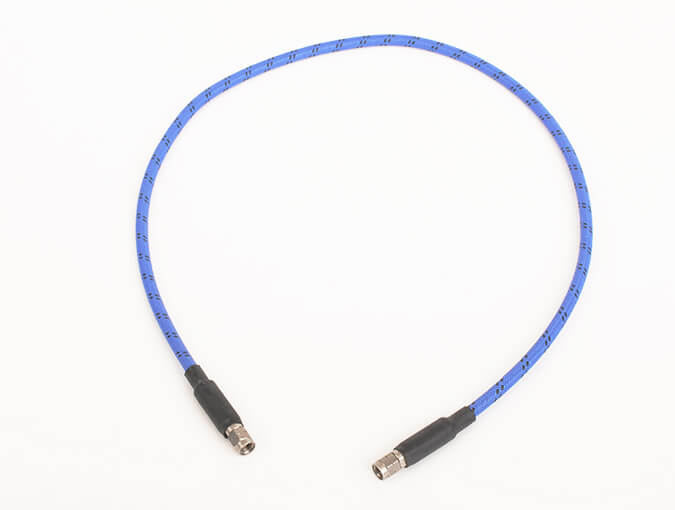
Microwave coaxial cable assemblies
The most common coaxial cable may be a simple flexible coaxial cable that laymen usually use to connect video devices. The cable consists of a metal inner conductor, a flexible plastic polymer dielectric tube around it, a braided/braided conductive metal shield around the dielectric and a final sheath to protect the interior from environmental damage such as moisture, puncture, and wear or breakage. Shield.
In order to achieve high flexibility, the twisted copper conductor is used with the surrounding PE (polyethylene) foam insulating tube and then surrounded by Al tape outer conductor and tinned copper braided shielding layer.
When less flexibility is required, higher performance can be achieved when using solid wires (bare copper, bare copper-clad aluminum) or even copper tubes as internal conductors. For higher frequency performance, internal conductors can be silver-plated, such as space (silver plated copper wire) or silver-plated copper-clad steel. Braids and foils can also be silver plated.
As a substitute for PE foam, a more solid but water-resistant solid polymer dialectics, such as LD PTFE (low-density polytetrafluoroethylene), is used. Cables can be sheathed with Flame Retardant PE polymer coating. Cables with FR PVC and PTFE dielectric sheaths have the highest fire-resistance rating.
One of the disadvantages of the high elastic microwave coaxial cable module is the use of a braided shielding layer. The surface of the braided layer is not smooth, and bending will cause the actual electrical characteristics of the cable to change. The sharp bending and even kinking of the shielding layer will seriously affect the transmission power and integrity. The bending of the stranded inner conductor can produce similar results. The solid conductor with the coating to make the surface smooth and the use of thin film shield in the braided shield are improved, but not ideal.
Semi-rigid microwave coaxial cable assembly
In order to obtain better overall performance, characteristics, and reliability and maintain the concept of coaxial cable, designers have to sacrifice flexibility. Semi-rigid design can provide better dielectric properties and shielding quality. Perhaps the most important difference between flexible and semi-rigid microwave coaxial cable assemblies is that the braided outer or film shield is replaced by a flexible solid metal outer sheath. Once formed (bent), the cable configuration is fixed.
Compared with the braided outer conductor, the solid shield has excellent performance, especially at a higher frequency. In fact, the outer conductor can provide 100% RF shielding and allow the solid center conductor to be precisely separated from the surrounding dielectric. The outer sheath may be solid bare copper, tinned copper or lighter (30%) tinned aluminum. The central conductor is usually silver-clad copper-clad steel or space. PTFE or LD PTFE tape is a common dielectric.
The semi-rigid coaxial cable design for optimum electrical performance consists of a central conductor supported by solid PTFE insulated splines placed longitudinally inside the solid metal tube. These "splined cables" are fully ventilated, and when paired with ventilation connectors, they can be filled with air, other gases, or operate in a vacuum as in a spacecraft. They are expensive and require special attention when bending and installing. A common form is a copper tube sheath lined with insulated PTFE / air splines that supports the center conductor of the SPC tube.
Qualified or manually formed cables can be called semi-flexible rigid cables, which can be selected when cable forming must be carried out during installation. They can be cut, peeled and shaped by hand. However, they are not suitable for repeated bending. Solid tinned aluminum shielding layer, LD PTFE tape dielectric, and spew center conductor constitute a typical structure.
Rigid microwave coaxial cable assembly
The rigid microwave coaxial cable assembly consists of two copper tubes, which are supported by PTFE supports at the end of the cable and at meter intervals, and cannot be bent, and special bends (45 ° and 90 °) are required to bend/bend. Internal bullets / internal supports and flanges must be used for interconnection.
The hardwired microwave coaxial cable assembly is mainly used indoors for high-power connection between RF components in TV and FM broadcasting systems, although the hardwired coaxial cable is used outdoors for antenna poles. The inner conductor is copper, while the outer conductor is copper or aluminum to save cost and weight.
Rigid and semi-rigid and flexible coaxial microwave coaxial cable assemblies
When outlining the advantages of a rigid cable over a semi-rigid or flexible microwave coaxial cable assembly, it is in most respects a comparison between apple and orange. Semi-rigid cables simply cannot reach the size required for high-power applications involving television, FM, and many microwave frequency long-distance wireless transmissions. In most applications, the size of semi-rigid cable is limited to 1 / 2 "inflatable spline semi-rigid cable, and its inner and outer conductors are copper tube micro rigid cable, which is extremely difficult to bend and limited to GHz frequency. In addition, the measured power processing capacity is several hundred watts.
The rigid microwave coaxial cable assembly, with a diameter range of 7 / 8 "to 8 3 / 16", can operate at 800 to 60 MHz TV and FM frequencies, with a power capacity of 100 kW, up to megawatts or more. Sizes of 6 1 / 8 "and above allow multichannel DTV / analog transmission. Elbows solve the flexibility problem and the system may be filled with dry air or inert atmosphere under positive pressure for outdoor use. In addition, the latest design does not require regular maintenance and has a service life of up to decades.
When outlining the advantages of rigid versus semi-rigid or flexible microwave coaxial cable assemblies, in most respects it is a comparison between apple and orange. Semi-rigid cables simply cannot reach the size required for high-power applications involving television, FM, and many microwave frequency long-distance wireless transmissions. In most applications, the size of semi-rigid cable is limited to 1 / 2 "inflatable spline semi-rigid cable, and its inner and outer conductors are copper tube micro rigid cable, which is extremely difficult to bend and limited to GHz frequency. In addition, the measured power processing capacity is several hundred watts.
Rigid cables range in diameter from 7 / 8 "to 8 3 / 16" and can operate at 800 to 60 MHz TV and FM frequencies with a power capacity of 100 kW, up to megawatts or more. Sizes of 6 1 / 8 "and above allow multichannel DTV / analog transmission. Elbows solve the flexibility problem and the system may be filled with dry air or inert atmosphere under positive pressure for outdoor use. In addition, the latest design does not require regular maintenance and has a service life of up to decades.
